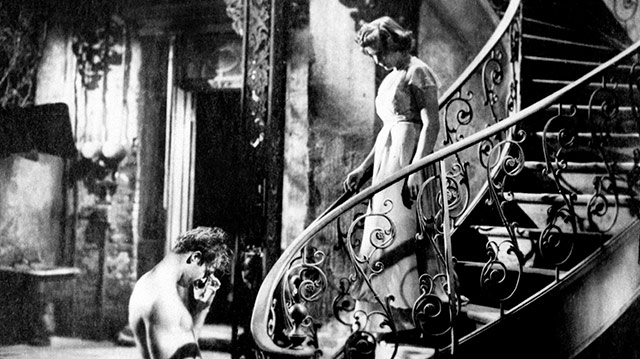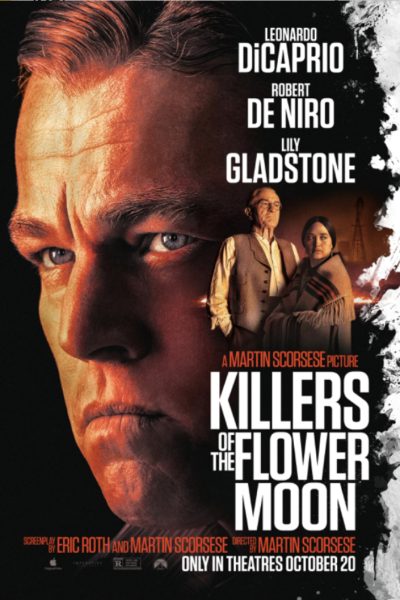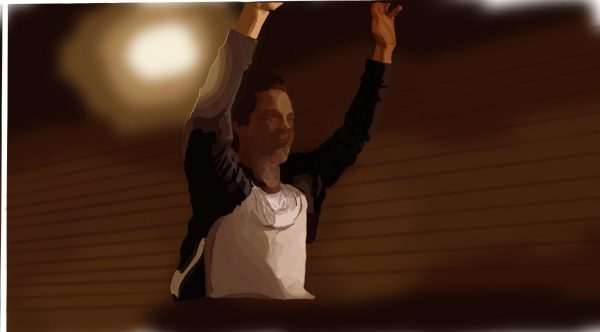Old Movies Have a Lasting Impact on Hollywood
One of the human’s greatest gifts is the ability to see in color. Color stimulates the mind, inspires the eye and beautifies the world. Likewise, some of the greatest artistic creations such as van Gogh’s “Starry Night” painting and Montreuli’s luminous stained-glass windows in the Sainte-Chapelle use thoughtful color choices to convey complex emotions. Nonetheless, there is still an artful quality to things created in black and white—specifically, black and white films. As this aesthetic of film travels further into the past, people rarely appreciate the visual and narrative impact that black and white films have had in the world of cinema.
“Casablanca’” is easily one of the most acclaimed films to exist, and remains a model for Hollywood filmmakers to this day. Set in Casablanca, Morocco, a thrilling story unfolds when male lead Rick Blaine (Humphrey Bogart) is given the chance to win back his old flame Isla Lund (Ingrid Bergman) or help her husband Victor Laszlo flee the country (Paul Henreid). Released in 1943, “Casablanca” illuminates the romance and drama that can exist during times of crisis, which ultimately led it to earning three Academy Awards: Best Screenplay, Best Director and Best Picture.
Likewise, shortly after becoming famous written works, many classic novels and dramas were adapted into black and white cinematic masterpieces, capturing the essence of different time periods. For instance , Tennessee Williams’s play “A Streetcar Named Desire” was transformed into a film and released in 1951, starring Marlon Brando, Vivien Leigh and Kim Hunter. Undoubtedly, the acting in this film captures the tension enveloped in toxic relationships through a sultry southern scandal between the aggressive yet passionate Stanley, his submissive wife Stella and her deviant sister Blanche. One of the most famous scenes that director Elia Kazan captures in the film is when Blanche is standing on a grand staircase, and the dark features of the ornate staircase completely juxtapose Blanche’s fair, luminous glow. While it still would have been captivating in color, the black and white makes this scene visually dramatic and almost suspenseful as the contrasting dark and light elements entice the audience.
And while most films today are primarily made in color, there are some outlying works that are purposefully made in black and white, one of the most prominent being Steven Spielberg’s 1993 film “Schindler’s List.” Directing a movie about one of the most horrific massacres in history, Spielberg intentionally made this film black and white to capture the lifelessness of the Holocaust. The crowds of people inside the unlit ghettos provides a haunting visual that leaves viewers disturbed by the dark, barren streets of Germany.
Surely, “Star Wars” and “Grease” are iconic films that will remain successful for years to come; however, the realm of black and white cinema remains a classic style that effectively impacts its viewers.

Kristyn Dentremont, Class of 2023, is co-Editor-in-Chief of The Searchlight. At Walpole High School, Kristyn is a captain of the girls' cross country...









